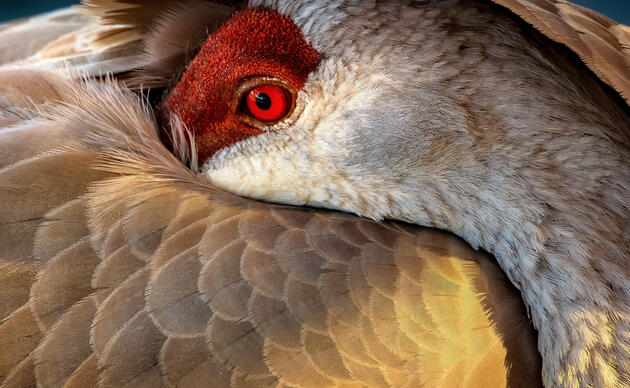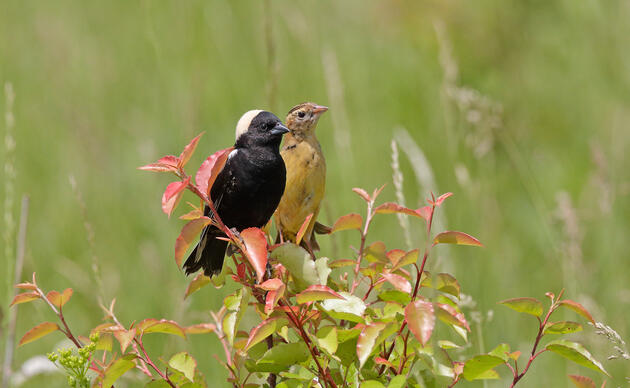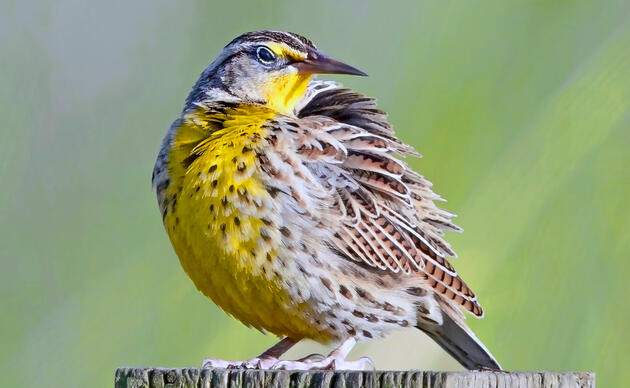Craig Larson, a collaborative landowner partner with Audubon Great Plains and other conservation organizations in North Dakota, is now a new member of our Audubon Great Plains Board. He owns land in the prairie pothole region of North Dakota and has restored several cropland sites through Audubon’s Conservation Forage Program (CFP), a program that helps restore marginal cropland to grasslands. Some of these sites were seeded in partnership with the North Dakota Natural Resources Trust to increase the diversity of the native grass and forbs mixes, targeted at increasing habitat for the threatened Dakota skipper, a small butterfly that lives in high quality native prairie.
In a commitment to sharing his experiences and his conservation work, Craig volunteered to help Audubon Great Plains host a field tour on one of his properties restored using the CFP program in the summer of 2024. About 25 landowners and agency personnel attended and discussion included learning about the success, challenges, and experience of prairie restorations and hearing about his work on his properties ranging from restorations, rotational grazing systems, and the use of prescribed fire.
Craig has also worked with the Audubon Toolbox, a program that provides financial and technical assistance for improving grassland habitat and forage quality, and has worked with other conservation organizations to install cross fencing and adequate livestock water development to allow for rotational grazing. He leases his property to local ranchers, ensuring they use rotational grazing and other best management practices on his land. Craig’s rotational grazing plans include moving cattle through different pasture cells during the growing season and varying the length of time spent in each cell, which benefits grassland birds by providing a variety of habitat types which they use for breeding, nesting, and to complete their life cycle. Plant vigor, production, diversity, and cattle stocking rates have been shown to increase with rotational grazing versus season long grazing.
Craig has also enlisted the help of Audubon and other partners to learn about and use prescribed fire on his property to rejuvenate degraded grassland to increase biodiversity. Prescribed fire helps to promote native cool and warm season grasses and often a flush of native flowers will bloom throughout the growing season after a fire benefiting birds, pollinators, and other wildlife.
Craig has also enrolled some of his property in the North Dakota Game and Fish’s Private Land Open to Sportsmen’s Program, providing the public opportunities to hunt on private land. He has allowed a variety of research, surveys, and studies to be done on his property, providing valuable information on habitat, populations, species, and success of prairie restorations and other management.
We appreciate Craig’s commitment to conservation and look forward to continuing to work with him on the Audubon Great Plains Board.




